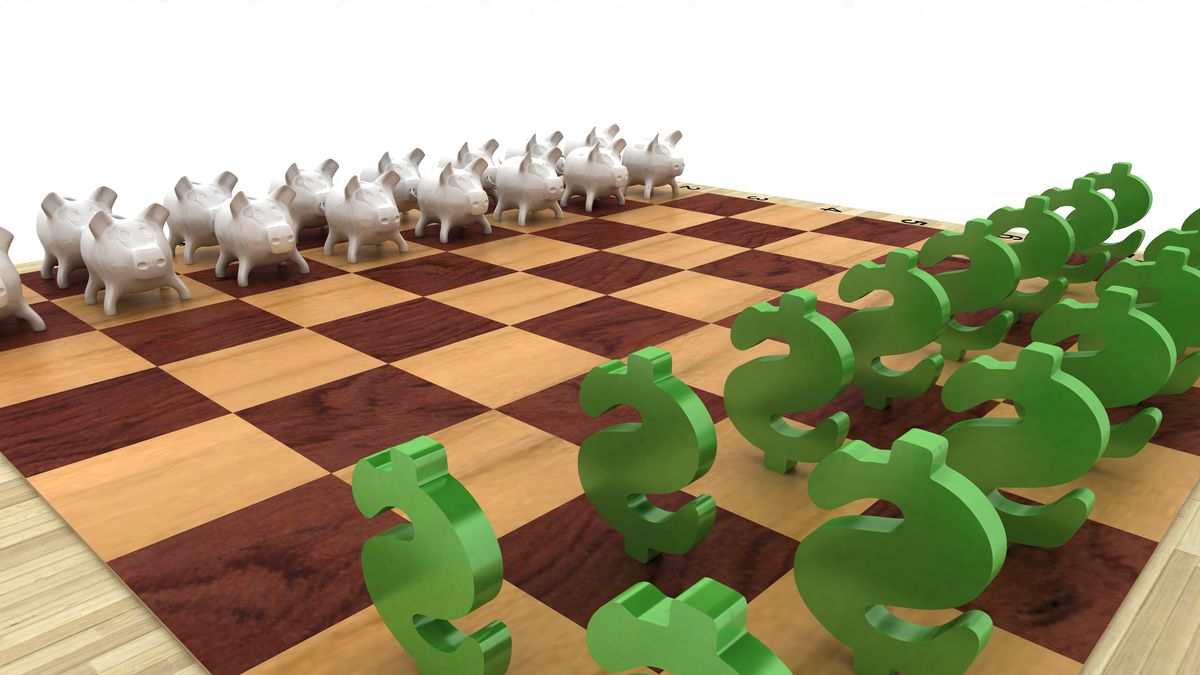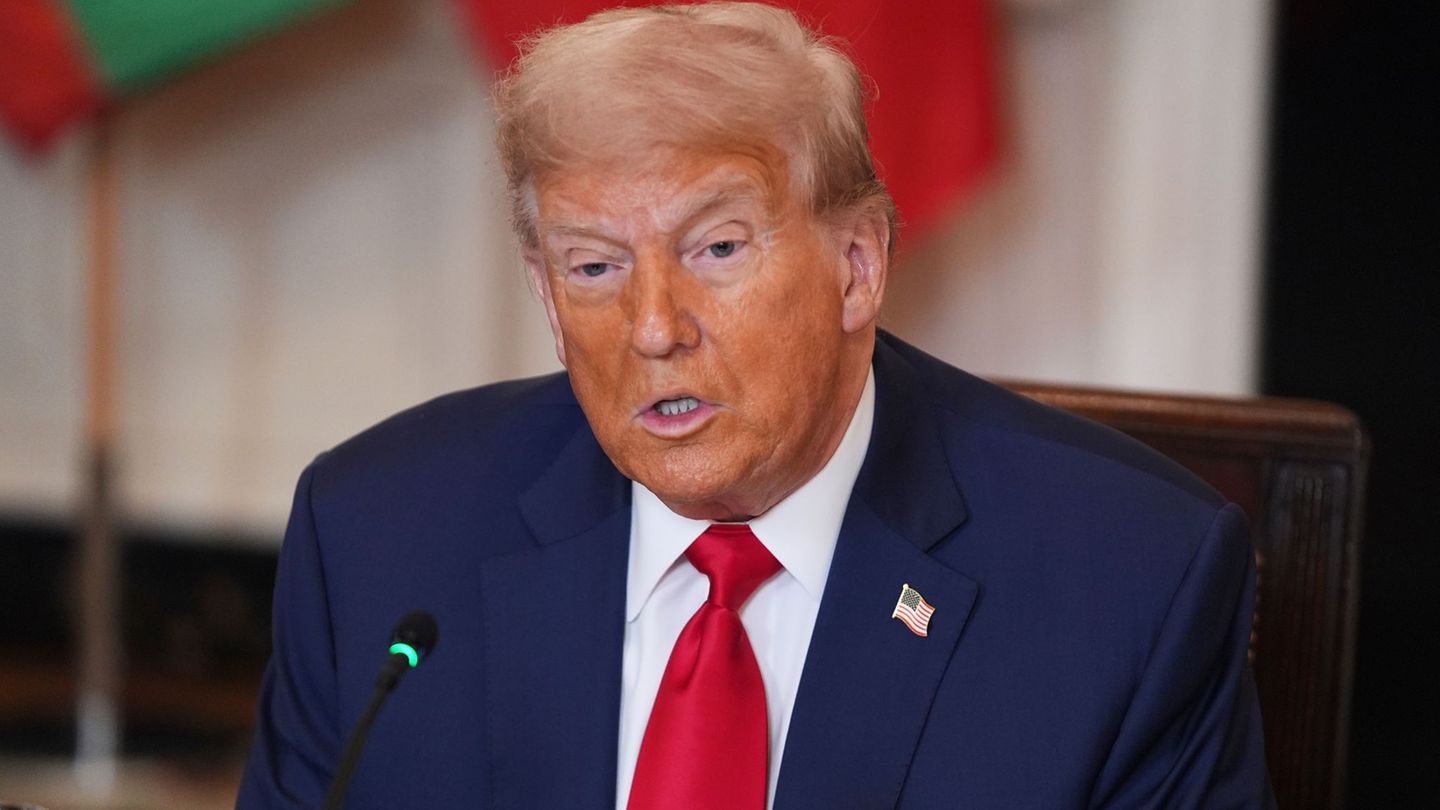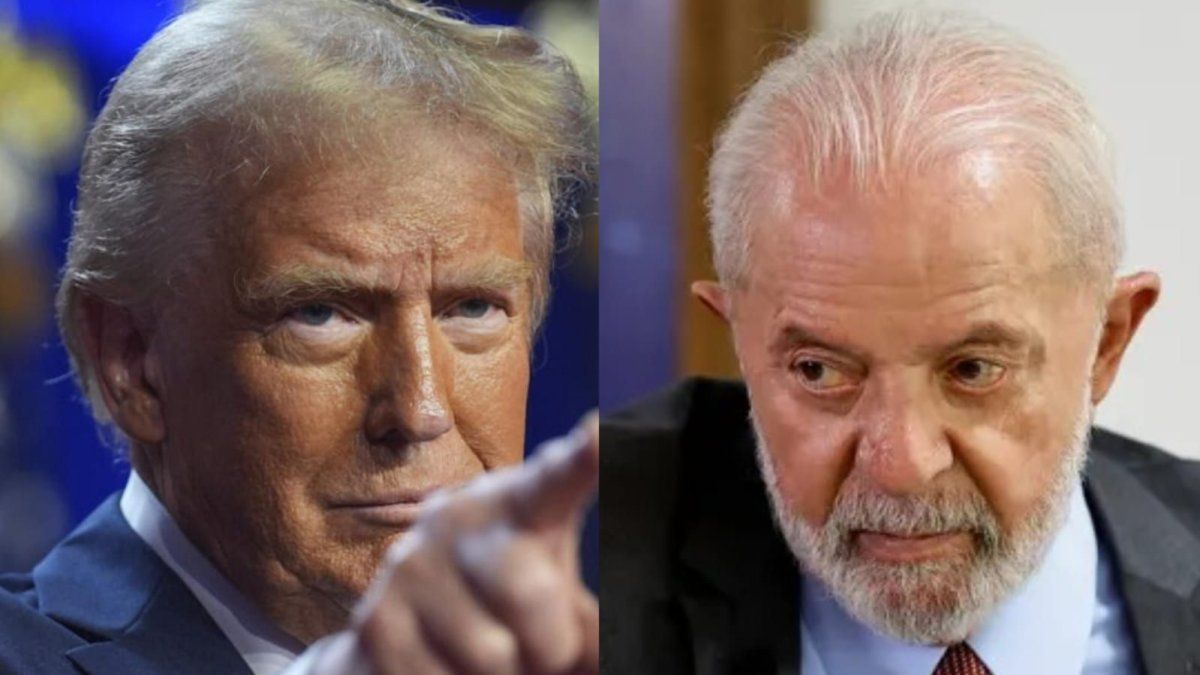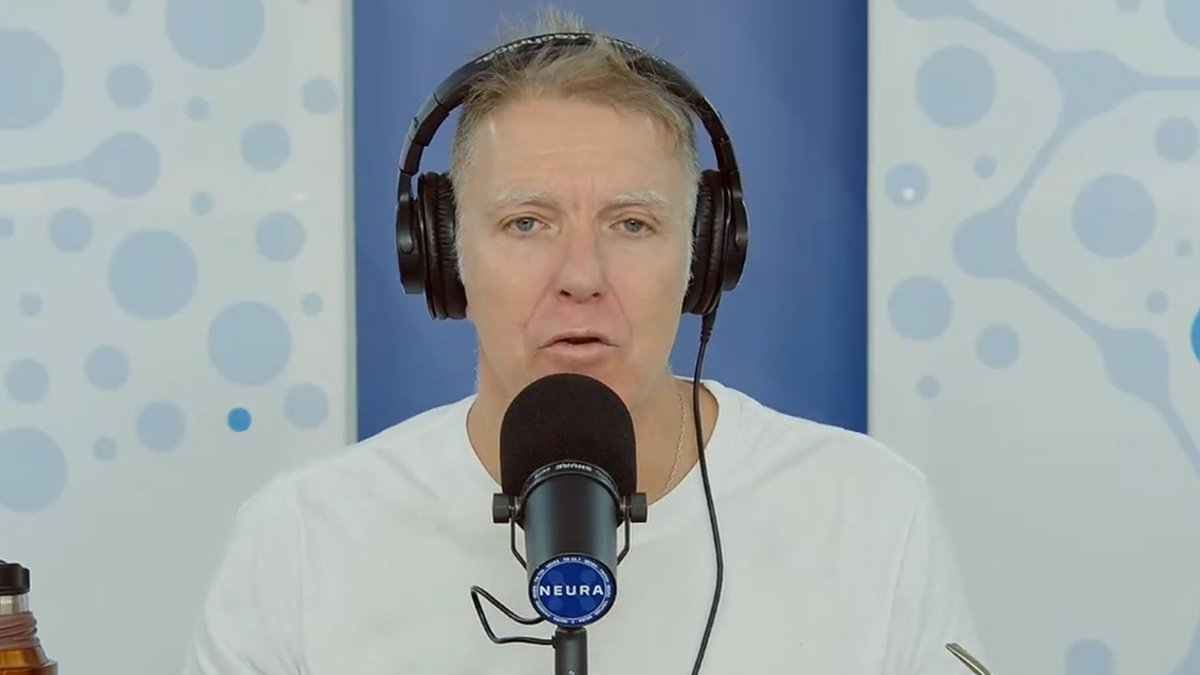It is worth remembering that At the end of May, the BCRA cut the monetary policy rate (which was the one of the passes) until 40% annually, which is equivalent to an effective monthly rate of 3.3%. This led to a few days of strong rise in parallel dollars, given that the yield on fixed-term deposits was very negative compared to inflation, which was 4.2% in May and 4.6% in June. The verdict of analysts, in general, is that this reduction move was overdone.
In addition, This rate cut was accompanied by a decision to deregulate the yield on fixed-term deposits. that banks pay their clients for these instruments. This caused them to fall at first, but in the last two months, an upward correction has been observed because they went from paying an average rate of 29.9% for traditional term deposits at a rate of 34.5%, According to the Central Bank, this is due to a change in the monetary regime and to the growing competition to attract deposits in a context in which credit to the private sector is increasing.
Dollar intervention, a reinforcement of the currency controls
On the other hand, the jump in financial dollars forced the Government to intervene in that market with foreign currency from reserveswhich, while it slowed the exchange rate escalation and allowed it to control the gap, on the other hand, affected the dynamics of purchasing reservesin a context of great fragility due to the low liquidation of exports that the market has been registering due to a delayed official exchange rate and a historically low international price of soybeans.
For this reason, The market warns that the intervention in the parallel exchange market will not be able to last much longer and that suggests that it has to activate other mechanisms to control the gap between the official dollar and the financial and the blue dollar. In that sense, the rate is a key element, as is the shortage of pesos that The Government seeks to remove liquidity from the market.
This situation has many analysts in the city considering the possibility of a rate hike, but opinions are divided, as others believe that the cost of moving forward in this direction would be greater than the benefit in the current context.
Elements for and against a rate hike
This is how he explains it Pedro Gaite, chief economist at the Foundation for Development Research (FIDE)when he points out that “on the one hand, the Government has incentives to raise the rate to discourage dollarization, but that has a cost: the increase in the Treasury’s interest payments.” And the LEFIs are tied to the monetary policy rate.
Faced with this dilemma, Gaite explains that, “While the dollar restriction is in effect, tensions impact the exchange rate gapbut it is something manageable” and that is reinforced by the policies of intervention in the financial market carried out by the Central Bank. Therefore, it indicates that, in this context, the cost of increasing the rate would be greater than the benefit that doing so would entail.
Also, in a context in which Inflation tends to slow down, which would lead to an improvement in the rate in real terms in the medium term.if this path is maintained, and with the exchange controls in force, Gaite believes that “There are not many reasons to think about an increase of the rate in the short term.”
BBLWAR5FGOJ4JEEDZVBAUQM2XQ.jpg
The Central Bank of the Argentine Republic (BCRA) regulates the monetary policy rate.
For him, The BCRA will only consider raising the rate in a context of lifting the currency controls“Although the conditions for lifting exchange restrictions are not yet in place, I believe that when progress is finally made on that path, this should be accompanied by a policy of rate hikes to counteract the tendency towards dollarization that this step will entail,” he says.
The arrival of LEFI, a key piece in the future of rates
However, Economist Haroldo Montagu, head of the consulting firm Vectorial, considers that, “going forward, The Government will have to raise the rate at some point because it needs the pesos not to go towards the dollar and, thus, keep the gap at bay.” He explains that the current economic management is committed to reducing the gap at all costs, even intervening in the financial dollar market, and that, once the problem of the “increase in endogenous issuance (as the Government calls it) due to the remunerated liabilities of the BCRA that were transferred to the Treasury has been cleared up, they are no longer so tied on that side.”
In a similar sense, it points out Pedro Martínez Gerber, economist at the consulting firm PxQwho points out that, “by changing the repo rates to LEFI, the Government has given itself room to make the interest rate positive in real terms without this having monetary conditions on the BCRA.” However, he warns that this will burden the Treasury’s interest account, so he anticipates that “they will have to deal with this limitation.”
Inflation and the dollar: the variables to follow
For Martínez Gerber, going forward, the rate policy will depend on the dynamics of inflation and the “crawling peg”. And the same is indicated Sebastian Menescaldi, Economist at Eco Gowho argues that “it appears to depend on inflation data, rather than on the demand for pesos, given that the intervention of the BCRA and the liquidation of 20% of exports for the CCL dollar helps with the dollar and the gap.”
In this regard, he points out that, taking into account that The forecast for the price trend is around 4%, He points out that Eco Go does not foresee any significant changes for the moment. If there were any, this would surely result in an improvement in the rates offered by banks for fixed-term deposits and other investment instruments on the market.
Today, The tools available for these purposes are scarce and Lecap are the most attractive in the city. These days, the fixed-income sector is in full swing. Therefore, savers are waiting to see what direction the BCRA takes and how inflation evolves to see how rates will affect this variable. The direction of this variable and what the Government does with the official dollar (whether it maintains the crawling peg of 2% or devalues at some point) will be key.
Source: Ambito
I am a 24-year-old writer and journalist who has been working in the news industry for the past two years. I write primarily about market news, so if you’re looking for insights into what’s going on in the stock market or economic indicators, you’ve come to the right place. I also dabble in writing articles on lifestyle trends and pop culture news.




